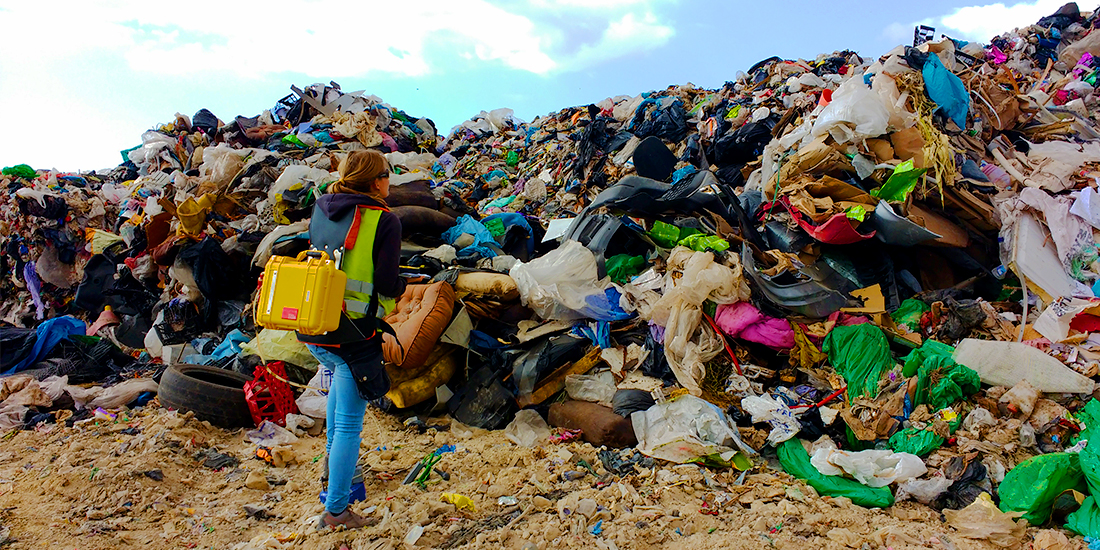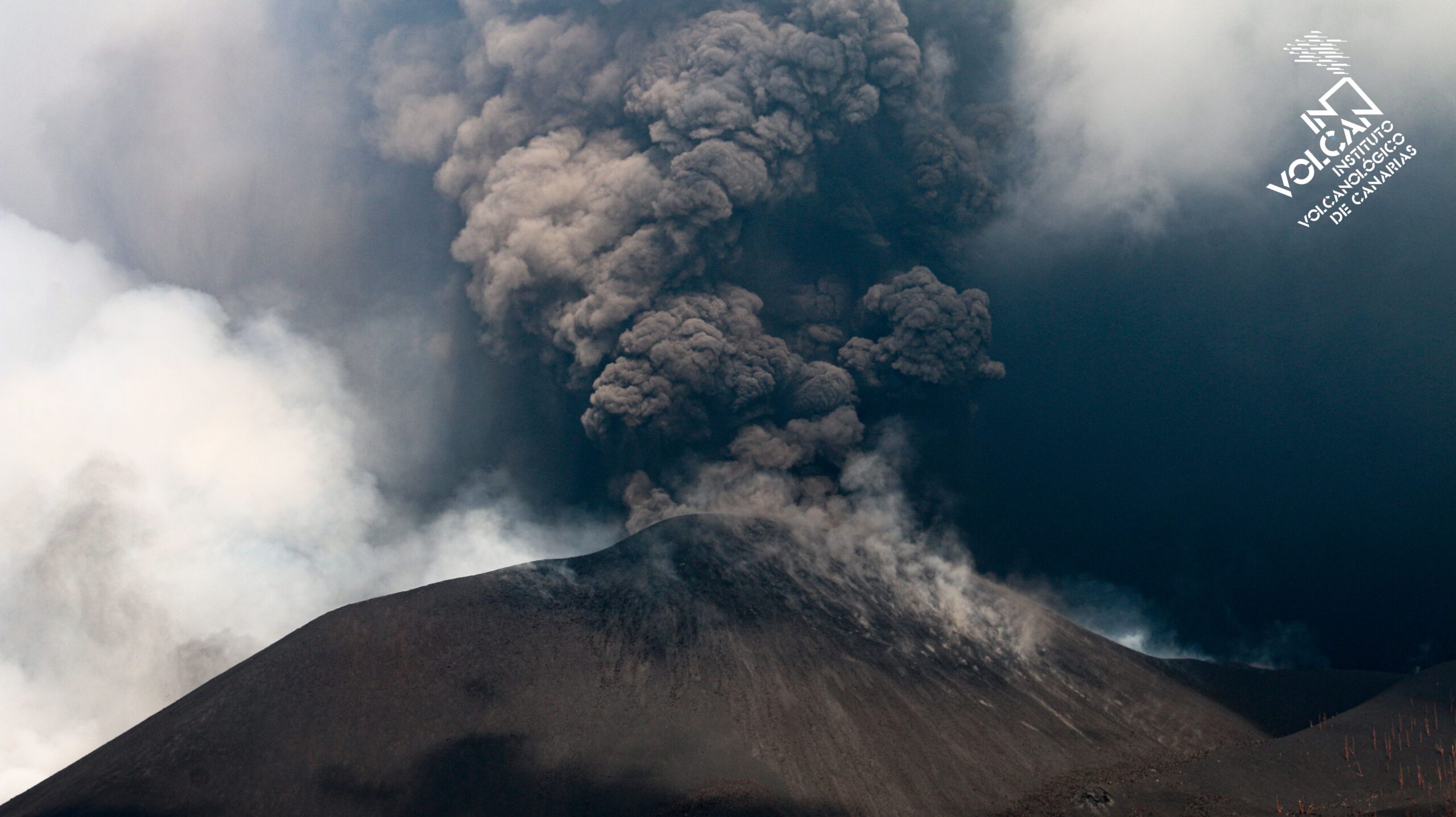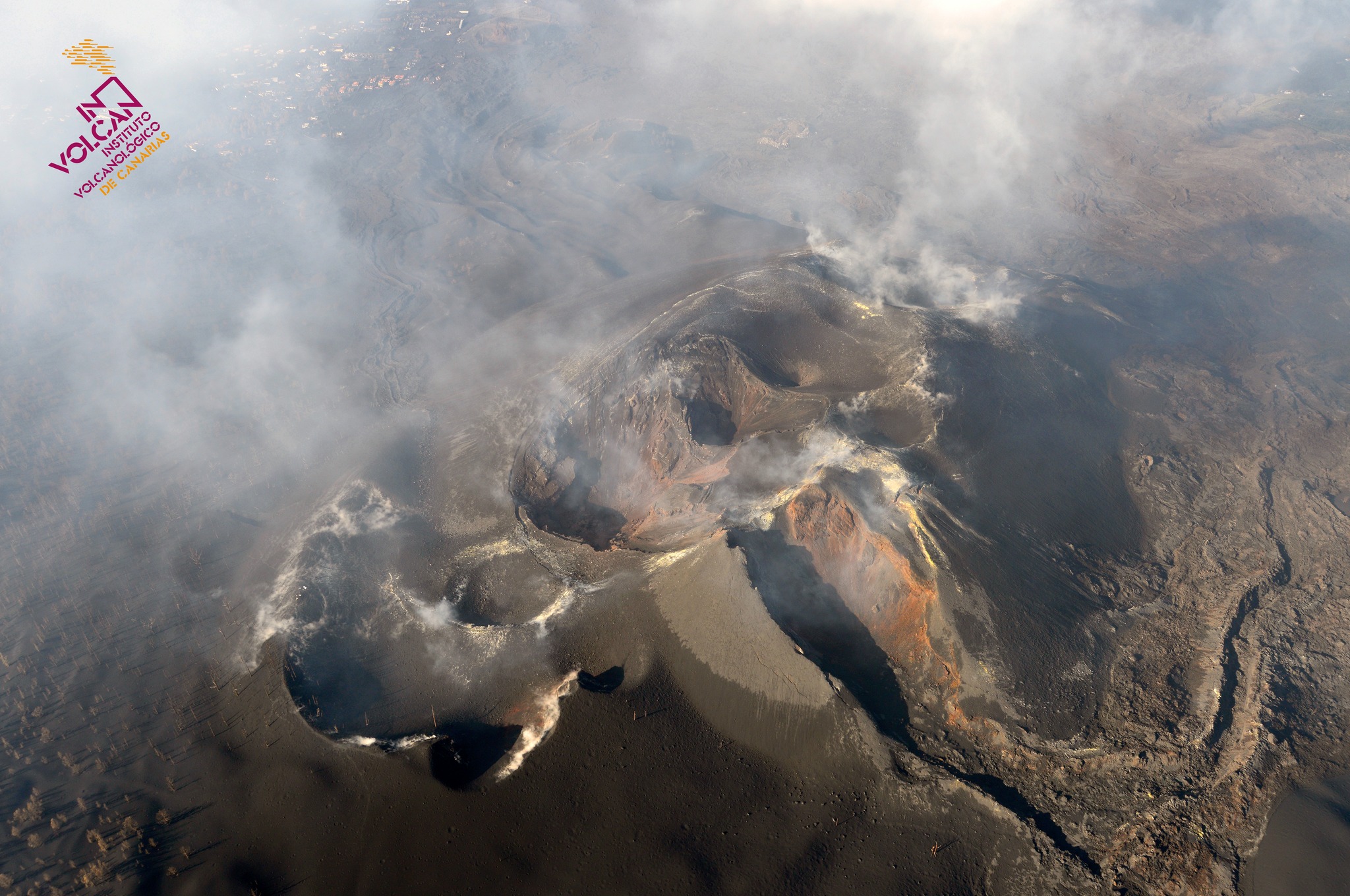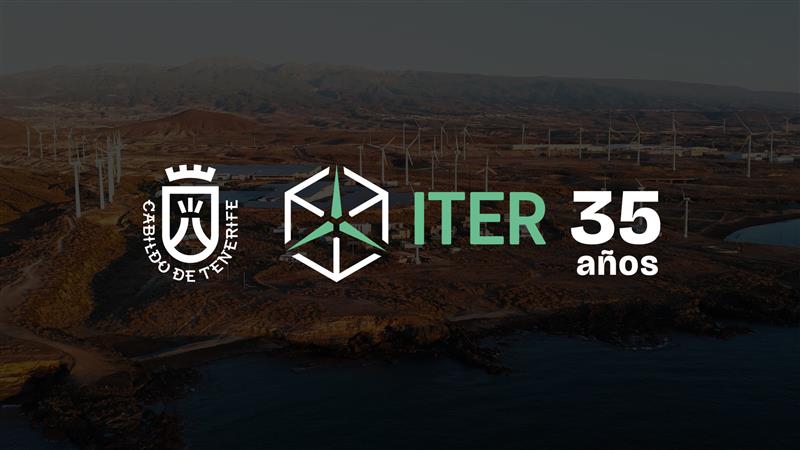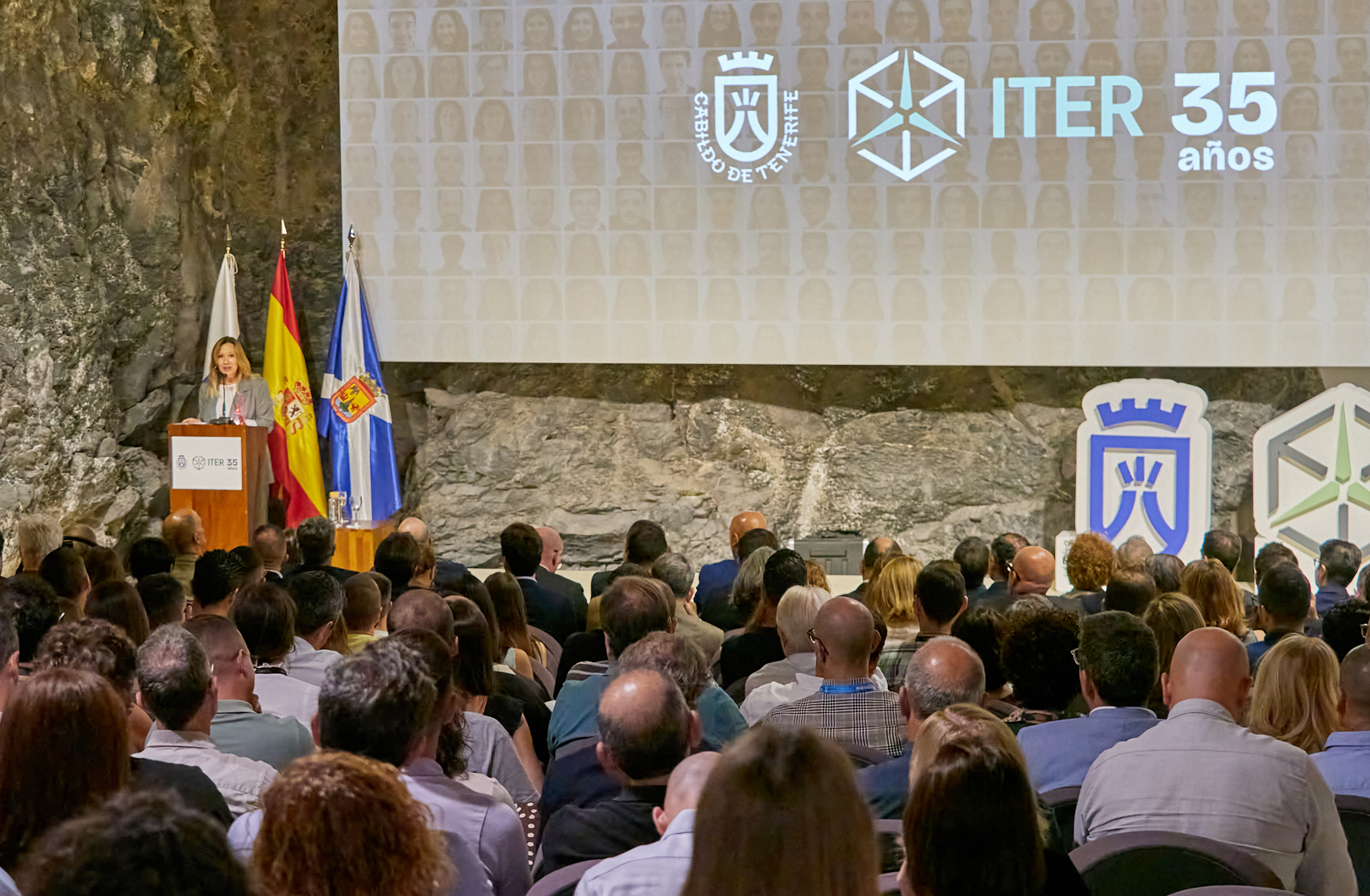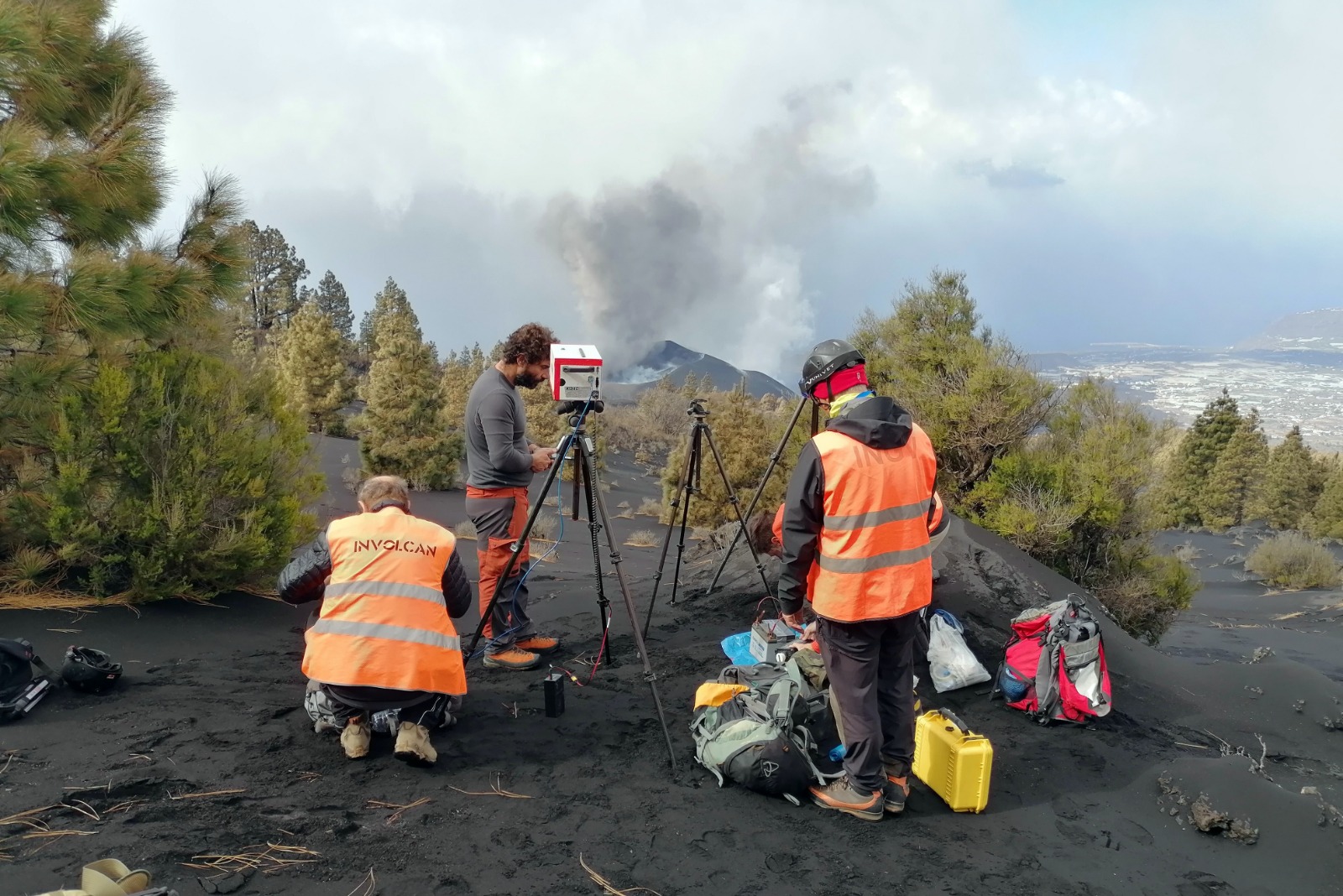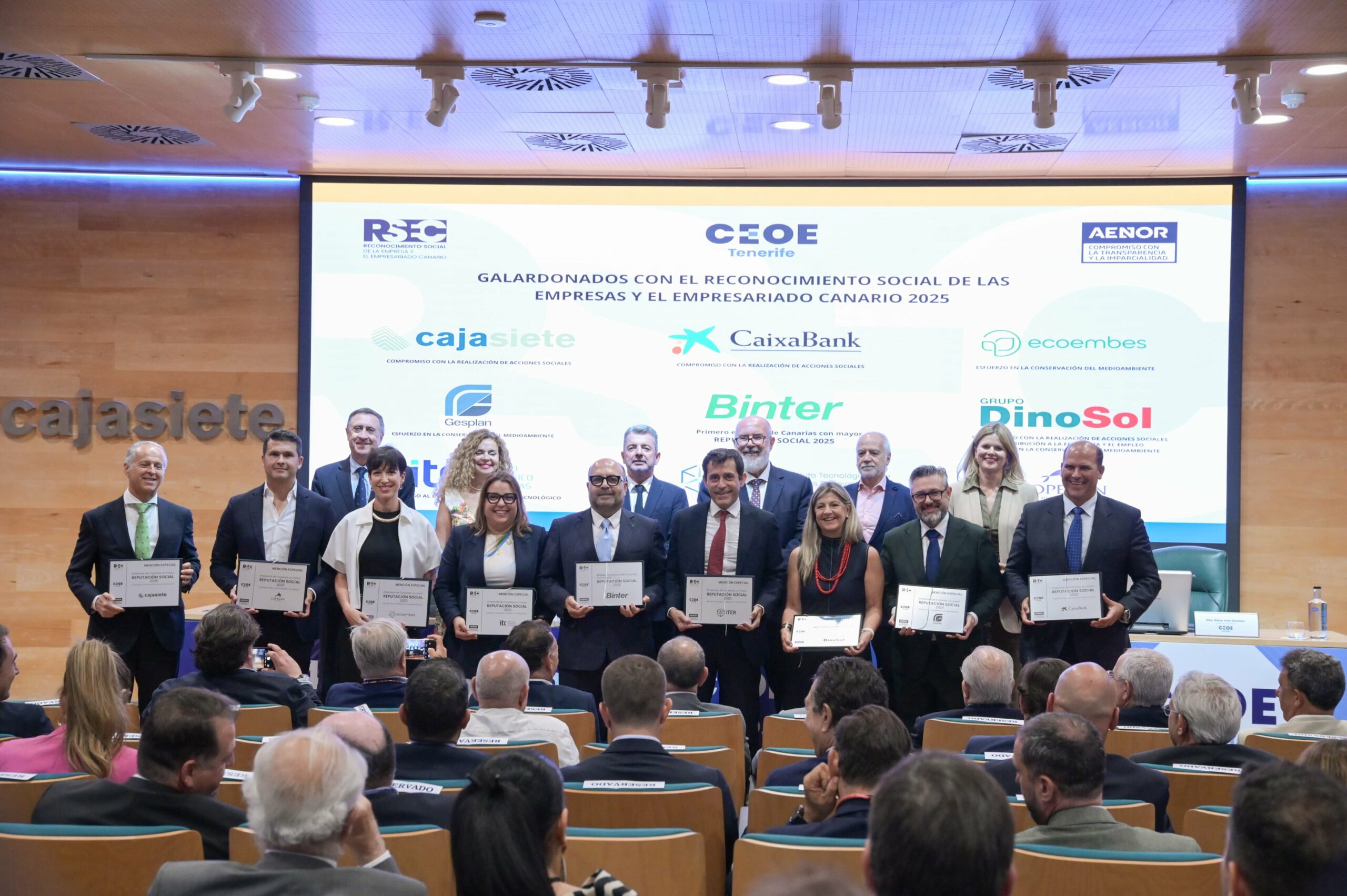ESTIMACIÓN DE LA EMISIÓN DE METANO A LA ATMÓSFERA PROCEDENTE DE VERTEDEROS EN ESPAÑA
Detalles
Acrónimo: VERTEGAS
Referencia: CTM2016-77651-R
Socios: Instituto Tecnológico y de Energías Renovables S.A.
Duración: 2017-2020 (4 años)
Presupuesto: 120.000 €
Financiación: Programa Retos Sociales (Modalidad individual). Plan Nacional de I+D 2013-2016. Ministerio de Economía y Competitividad

Resumen del proyecto
El objetivo principal de este proyecto es la estimación de la emisión difusa no controlada de metano a la atmósfera procedente de vertederos en España y la creación de un servicio normalizado aplicable a cualquier vertedero español y/o extranjero para la determinación de estas emisiones. La realización de este proyecto tendrá importantes implicaciones técnicas y medioambientales.
Los resultados y conocimientos derivados de este proyecto de investigación darán lugar a la creación de un servicio de regulación de los niveles de emisión incontrolada de biogás para los posibles vertederos interesados, tanto operativos como ya cerrados.
Los vertederos son verdaderos reactores químicos y biológicos que introducen un gran número de contaminantes en el medio ambiente en forma de gases (dióxido de carbono -CO2-, metano CH4-, compuestos orgánicos volátiles -COV-, etc.) y lixiviados.
Para controlar la emisión de estos contaminantes a la atmósfera, en los vertederos se instalan sistemas de extracción de biogás para la recuperación de los gases generados por la descomposición de los residuos. Sin embargo, y a pesar de los esfuerzos técnicos para minimizar las emisiones de gases a la atmósfera, existe una tasa de emisión denominada incontrolada o difusa que escapa a la atmósfera a través de la superficie del vertedero.
Es necesario evaluar la eficiencia de los sistemas de control de gases para conocer todos y cada uno de los factores que permitirán mejorar y optimizar el control de las emisiones biogénicas de los vertederos.
Los estudios de las distribuciones espacio-temporales de los componentes del biogás proporcionarán tanto información de cómo se está produciendo la desgasificación como asesoramiento a las entidades públicas y privadas sobre cómo establecer sistemas eficientes de extracción de biogás. Con ello se pretende no sólo minimizar la contaminación atmosférica producida sino también alcanzar mayores niveles de emisión controlada que puedan traducirse en mayores niveles de producción energética.
Por un lado, las estimaciones de gases de efecto invernadero, especialmente la estimación de emisión de metano por vertederos en Canarias, calculadas y publicadas en el Registro Español de Emisiones y Fuentes Contaminantes (PRTR-España) por el Ministerio de Agricultura, Alimentación y Medio Ambiente están sobreestimadas debido al uso de protocolos y metodologías analíticas basadas en modelos matemáticos. Por ejemplo, la emisión difusa de CH4 en el vertedero de Arico (Tenerife) que aparece en el PRTR-España para el año 2005 es de 3120 toneladas/año, mientras que los estudios realizados en la única celda operativa de este vertedero por el personal del presente consorcio dieron un valor medido experimentalmente de 51,1 toneladas/año.
Esto implica que si las estimaciones de emisión difusa no controlada son en realidad muy inferiores a las estimadas por los modelos matemáticos, la eficiencia
Enlaces de interés:


